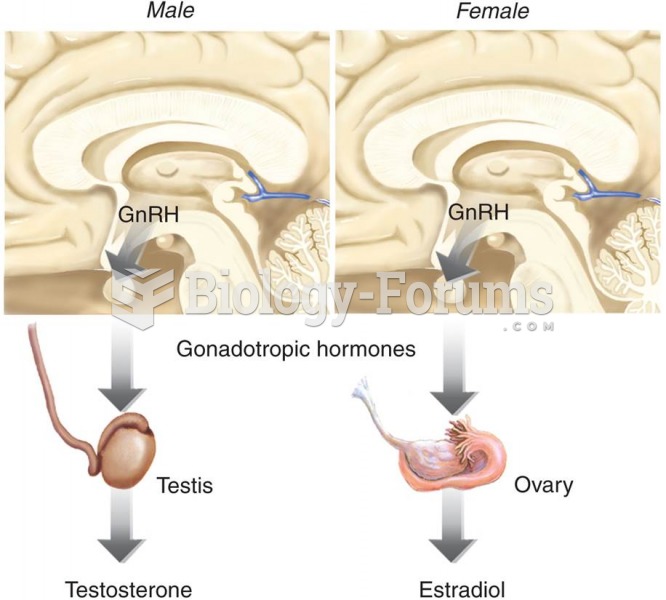Answer to Question 1
Studies of the genetics of sexual orientation have focused mainly on twins. Early studies of the genetics of human sexual orientation began by advertising in gay or lesbian publications for homosexual people with twins. Then they contacted the other twin to fill out a questionnaire. The questionnaire included diverse items to conceal the fact that the real interest was sexual orientation. The results showed a stronger concordance for monozygotic than dizygotic twins. That is, if one twin is homosexual, the probability for the other to be homosexual is fairly high for a monozygotic twin, and less high for a dizygotic twin. However, the kind of person who answers an ad in a gay or lesbian magazine may not be representative of others. A later study examined the data from all the twins in Sweden between ages 20 and 47 . The Swedish study differed not only in the breadth of the sample, but also in the behavioral criterion. Instead of asking about sexual orientation, the researchers asked whether someone had ever had a same-sex partner. The results do not indicate number of people with homosexual activity or orientation. Rather, they indicate concordancethe probability of homosexual activity or orientation in one twin, given that the other twin had already indicated such activity. Although both sets of results show a higher concordance for monozygotic than dizygotic twins, there is huge difference between the studies. Other studies of twins in several countries also found higher concordance for sexual orientation in monozygotic than dizygotic twins, but the magnitude of the effect has varied considerably.
Several studies have looked for a particular gene that might be linked to sexual orientation, but they failed to find anything with a significant effect. Two studies reported a higher incidence of homosexuality among the maternal than paternal relatives of homosexual men. For example, uncles and cousins on the mother's side were more likely to be homosexual than uncles and cousins on the father's side. These results suggested a gene on the X chromosome, which a man necessarily receives from his mother. However, other studies have found no difference between relatives on the mother's and father's side and one study found more homosexual relatives on the father's side. Consequently, it seems unlikely that any gene on the X chromosome plays a major role.
Answer to Question 2
a







